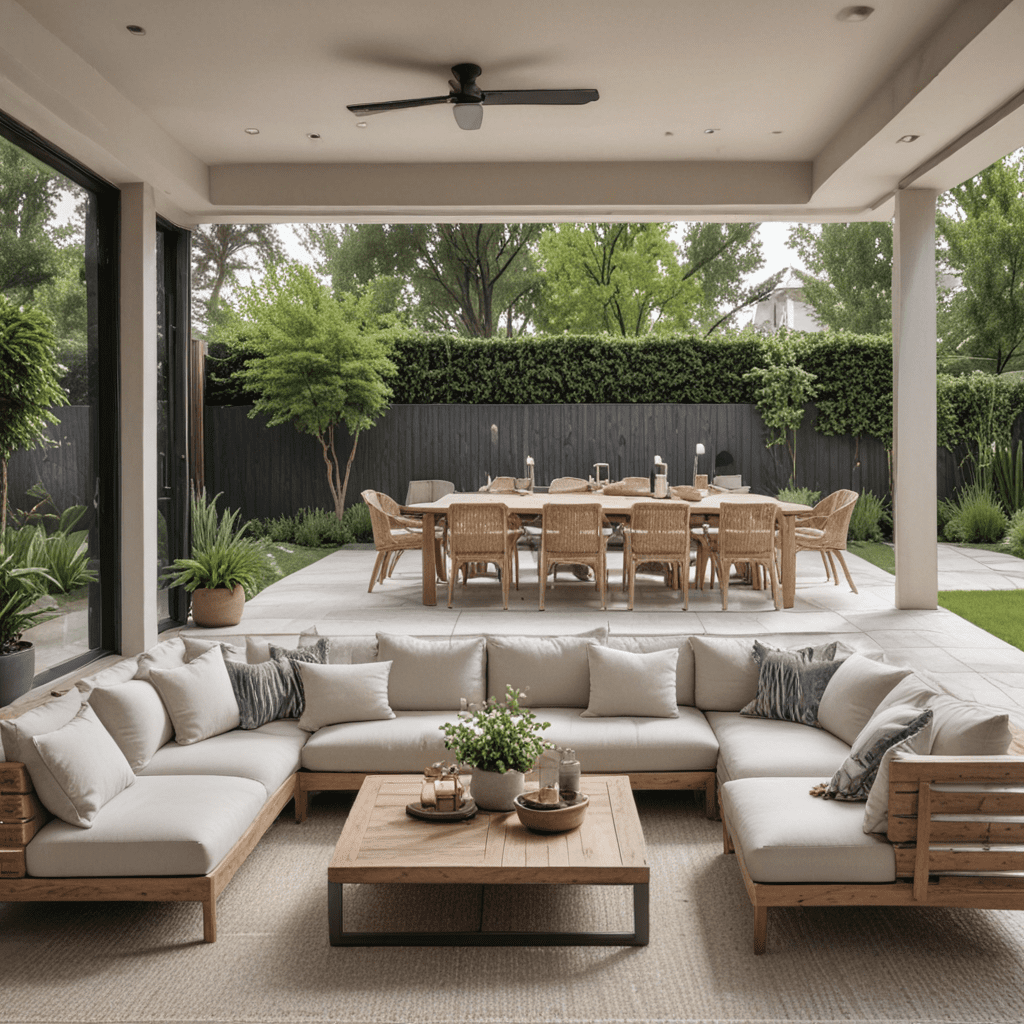Soundproof Home Offices: How to Create a Quiet Workspace
Soundproof Home Offices: How to Create a Quiet Workspace
In today’s world, more people are working from home than ever before. Whether you’re a freelancer, a remote worker, or a small business owner, having a dedicated home office is essential for productivity and efficiency. However, one common challenge that many people face is noise. Distractions from outside sounds or even within your own home can make it difficult to concentrate and focus on your work. That’s where soundproof home offices come in. By implementing the right elements and following a few tips, you can create a quiet workspace that allows you to work at your best. In this article, we’ll explore the key elements of soundproof home offices and provide practical tips to help you create your ideal workspace.
Key Elements of Soundproof Home Offices
To effectively soundproof your home office, there are several key elements to consider:
1. Insulation
Insulation is essential for blocking out external noises, such as traffic or neighborhood sounds. Make sure your home office is well-insulated with high-quality insulation materials. Pay attention to areas where sound can easily penetrate, such as windows, walls, and doors. Consider adding acoustic insulation panels or curtains to further reduce noise transmission.
2. Soundproofing Materials
In addition to insulation, incorporating soundproofing materials can significantly reduce noise levels within your home office. Use sound-absorbing materials like acoustic foam panels or tiles on the walls and ceiling to minimize sound reflections and echoes. Rugs, carpets, and curtains can also help dampen noise.
3. Sealing
Proper sealing is crucial for preventing sound leakage. Ensure that windows and doors are well-sealed to minimize sound transmission. Weatherstripping or using draft stoppers can help create a tight seal and keep unwanted noise out.
4. Furniture Placement
Strategically placing furniture can help absorb or block sound waves. Arrange bookshelves, cabinets, or tall furniture against walls to act as sound barriers. Positioning your desk away from noise sources, such as windows or walls adjacent to noisy areas in your home, can also help create a quieter workspace.
5. Acoustic Panels
Installing acoustic panels on the walls can improve sound quality within your home office. These panels absorb sound and reduce echoes, creating a more pleasant and focused environment. They come in various sizes, colors, and designs, allowing you to choose ones that complement your office decor.
Tips for Soundproof Home Offices
Now that we’ve covered the key elements of soundproof home offices, let’s explore some practical tips to help you create your ideal workspace:
- Choose the right flooring: Opt for carpet or rugs with sound-absorbing properties to minimize footsteps and other noises. If you prefer hard flooring, consider using area rugs strategically placed to reduce sound transmission.
Invest in noise-canceling technology: Consider using noise-canceling headphones or white noise machines to block out external sounds and create a peaceful working environment.
Use soundproof curtains: Heavy, thick curtains or drapes can help block out noise from outside sources, such as traffic or construction.
Position your desk wisely: Place your desk away from sources of noise, such as windows or shared walls with busy areas in your home. If possible, position your desk so that your back faces the noise source, creating a barrier between you and the distractions.
Consider a soundproof door: If noise is a significant issue, investing in a soundproof door can make a significant difference. These specially designed doors are constructed to block out sound and create a quieter environment within your home office.
Add soundproofing accessories: Use desk pads or mouse pads made from sound-dampening materials to reduce noise caused by typing or mouse clicks. Additionally, using keyboard covers or silicone dampeners can help minimize the noise generated by mechanical keyboards.
Implementing these tips can help you create a soundproof home office that promotes focus, productivity, and creativity.
FAQ about Soundproof Home Offices
Question 1: Can I soundproof my existing home office, or do I need to start from scratch?
– Answer: You can definitely soundproof your existing home office. While starting from scratch allows for more flexibility and customization, there are various soundproofing solutions that can be implemented in an already established workspace. Assessing the current noise issues and applying the appropriate soundproofing techniques can greatly improve the acoustic quality of your home office.
Question 2: How effective are acoustic panels in reducing noise?
– Answer: Acoustic panels can be highly effective in reducing noise within a room. The panels absorb sound waves, preventing them from bouncing off walls and creating echoes. However, the effectiveness of acoustic panels depends on factors such as panel placement, room size, and the amount of sound absorption required. Consulting with a professional can help determine the ideal number and placement of acoustic panels for your home office.
Question 3: Can soundproof curtains completely block out noise?
– Answer: While soundproof curtains can significantly reduce noise, it’s important to note that they cannot completely block out all sounds. Soundproof curtains are designed to absorb and dampen sound waves, but some noise may still penetrate through the fabric or other areas of the room. Combining soundproof curtains with other soundproofing elements, such as insulation and acoustic panels, can help create a more effective sound barrier.
Question 4: How do I determine the level of soundproofing needed for my home office?
– Answer: The level of soundproofing needed for your home office depends on various factors, including the type and intensity of noise you are trying to block. Consider the sources of noise and their proximity to your workspace. If you’re in a noisy neighborhood or have loud family members, you may need a higher level of soundproofing. Consulting with a professional can help assess your specific needs and provide recommendations tailored to your situation.
Question 5: Is it worth investing in soundproofing for a temporary home office?
– Answer: If you’re working from home temporarily or plan to move your home office in the near future, you may hesitate to invest in soundproofing. However, even for a temporary setup, creating a quiet and comfortable workspace can have a significant impact on your productivity and well-being. Consider using portable soundproofing solutions, such as acoustic panels or noise-canceling headphones, that can be easily moved or repurposed when needed.
Creating a soundproof home office can greatly enhance your work experience and allow you to focus on your tasks without distractions. By implementing the key elements and following the tips outlined in this article, you can create a quiet and productive workspace that meets your needs. Invest in the right soundproofing materials, choose furniture strategically, and consider your specific requirements to optimize your home office for maximum efficiency.





